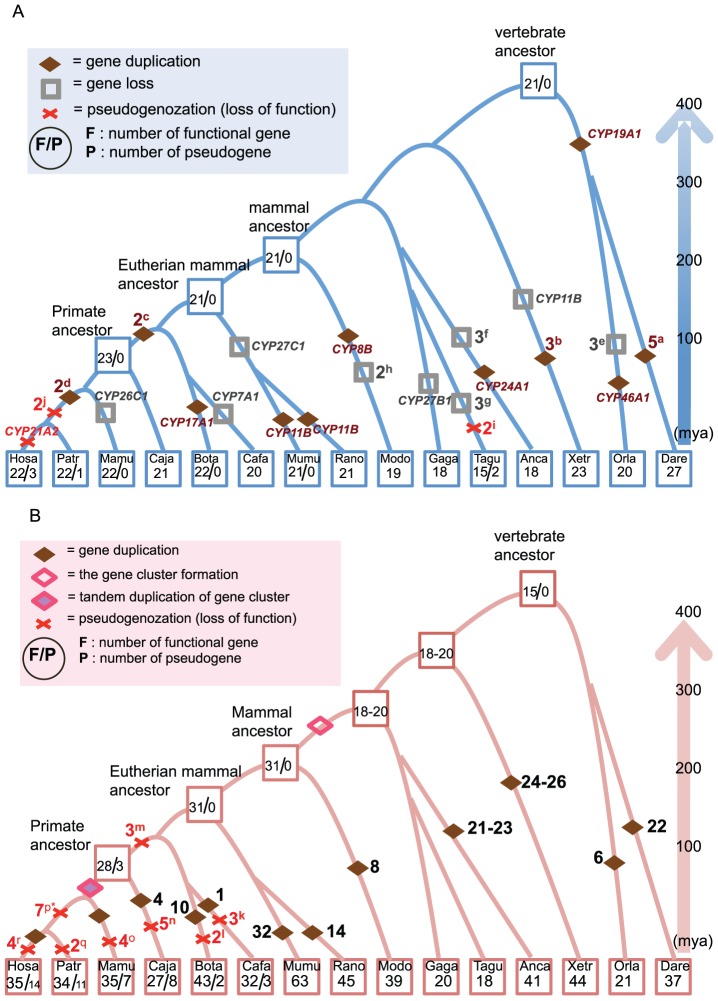Figure 5. The birth and death processes of CYP genes in vertebrates.
A) B-type CYP genes and B) D-type CYP genes. In both figures, numbers inside squares represent the number of functional genes and pseudogenes in each species and its ancestors. Diamonds, crosses, and rectangles indicate gene duplication, pseudogenization, and deletion events, respectively. The number adjacent to each symbol represents the number of events. The letter adjacent to the number indicates the list of CYP genes, as follows. a: CYP8B2, CYP8B3, CYP17A1, CYP27A1, and CYP46A1, b: CYP8B, CYP27A1, and CYP46A1, c: CYP11B and CYP21A2, d: CYP51 (two genes), e: CYP7B, CYP11B, and CYP39A1, f: CYP11A, CYP21A2, and CYP26, g: CYP11B, CYP21A2, and CYP27 (A or B), h: CYP17A1 and CYP26B1, i: CYP24A1 and CYP27A1, j: CYP21A1P and CYP51 (two genes), k: CYP4F9P, CYP4F23P, and CYP4F24P, l: CYP4A11 and CYP2F1P, m: CYP2T2P, 3P, and CYP2G1P, n: CYP4A11, CYP4B1, CYP4F22-like (two genes), and CYP4F23P, o: CYP2A7P1, CYP2A13, CYP2B6P, and CYP4F11, p: CYP2B7P1, CYP2D8P1, CYP2F1P, CYP4F9P, CYP4F23P, and CYP4F24P, *CYP1D1P were found in Pan paniscus, but were absent from Pan troglodytes, q: CYP2B6 and CYP2C18, r: CYP2A7P1, CYP2G2P, and CYP4Z2P.

